Operational dashboard
Dashboard Design Concepts

Olga Scrivner, PhD
President, Scrivner Solutions Inc
Dashboard taxonomies
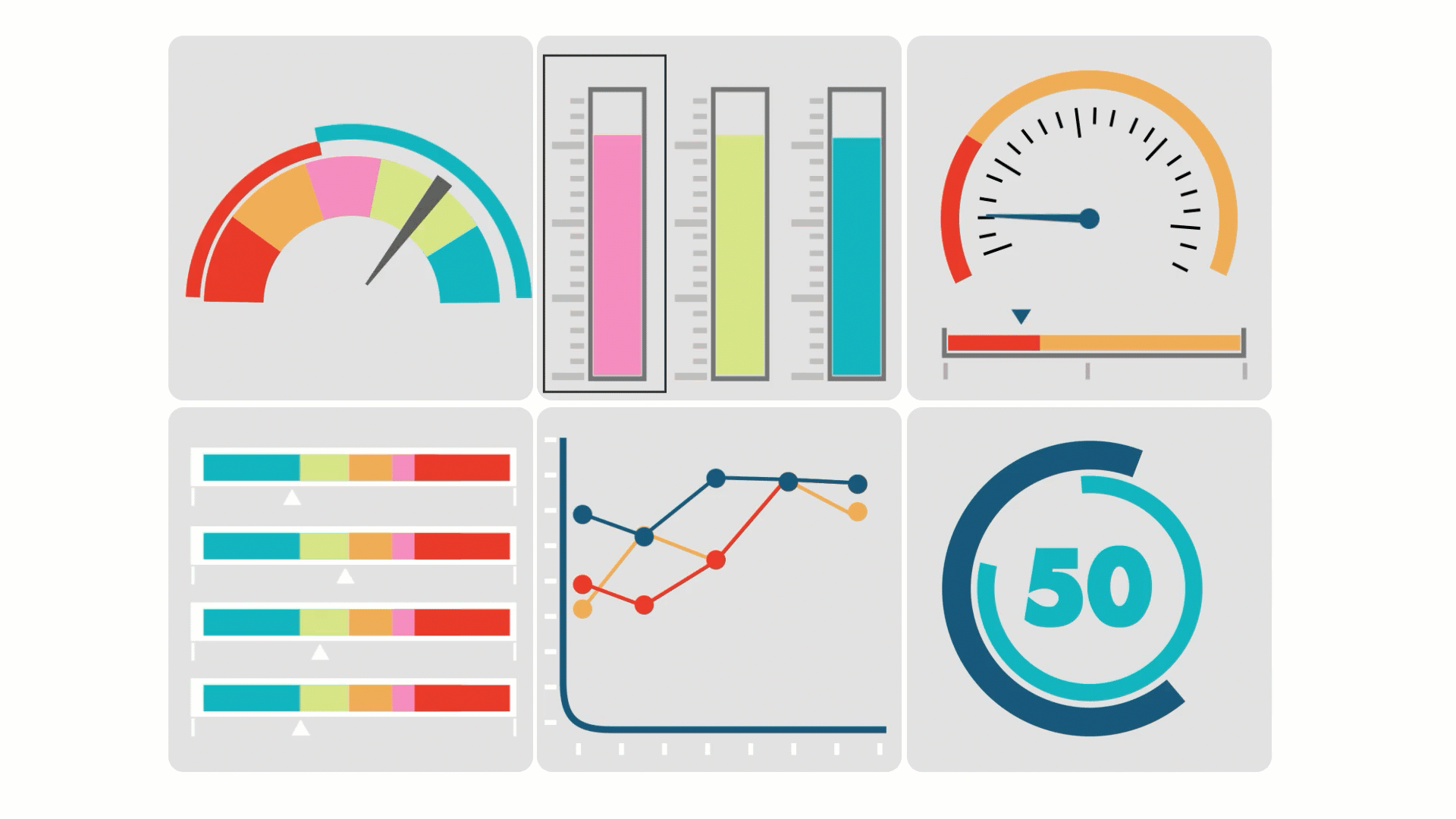
Domain: industry type and business metrics
Level: enterprise-wide, departmental, individual
Update frequency: near real-time, monthly, quarterly, annually
Mode
- Interactivity: static, interactive
- Screen: tablet, desktop, conference monitor
Business roles taxonomy
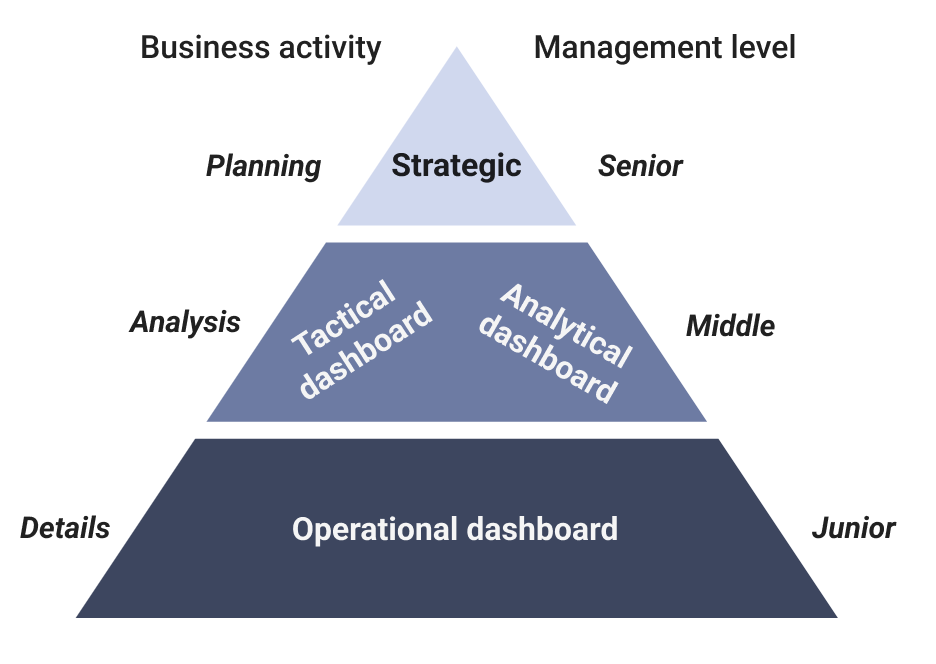
Management roles
- Junior
- Middle
- Senior
Business activity
- Monitoring daily operations
- Analyzing trends
- Planning long-term strategic goals
Choosing the right dashboard
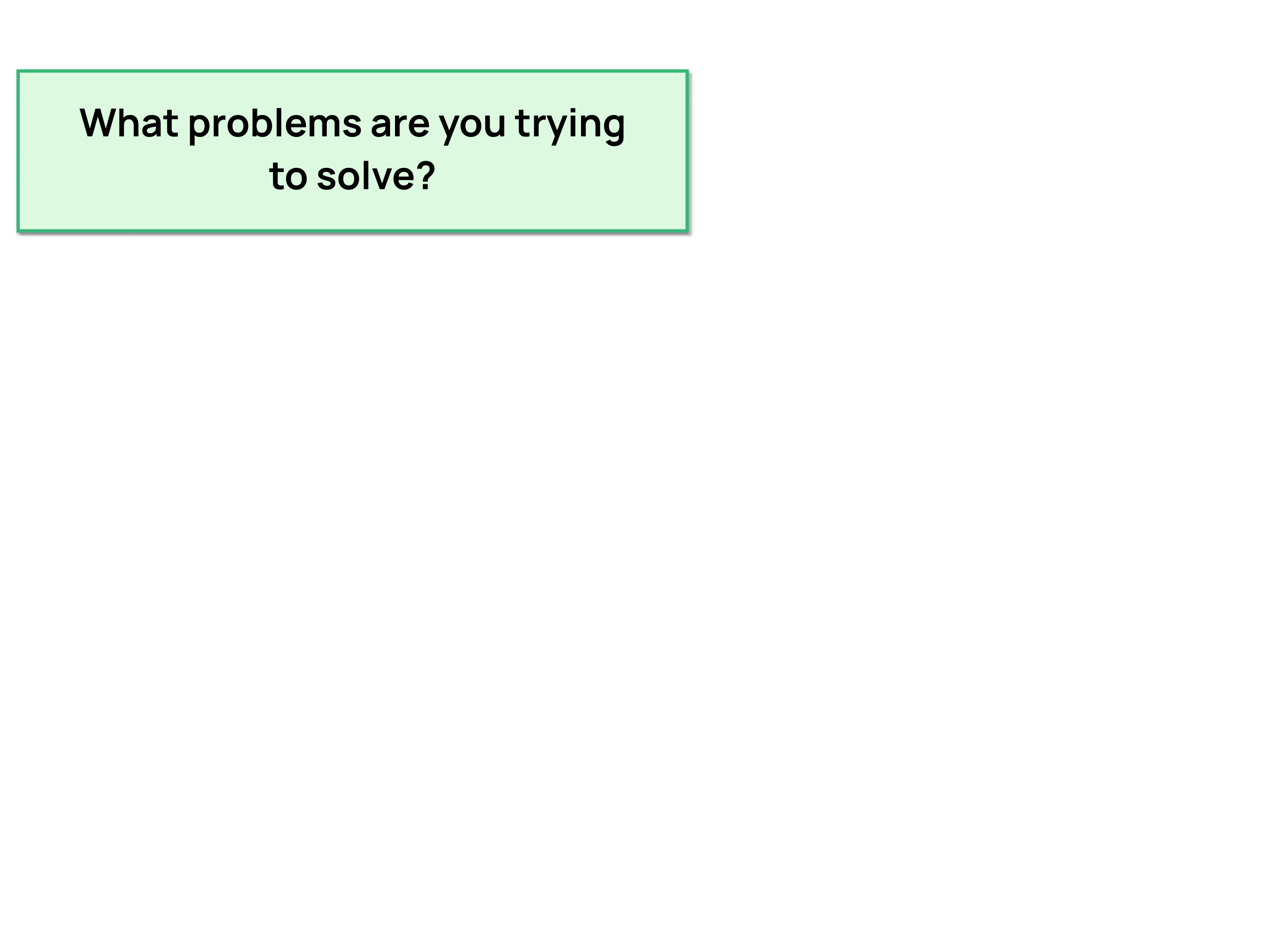
- Access to operational data or aggregated indicators
Choosing the right dashboard
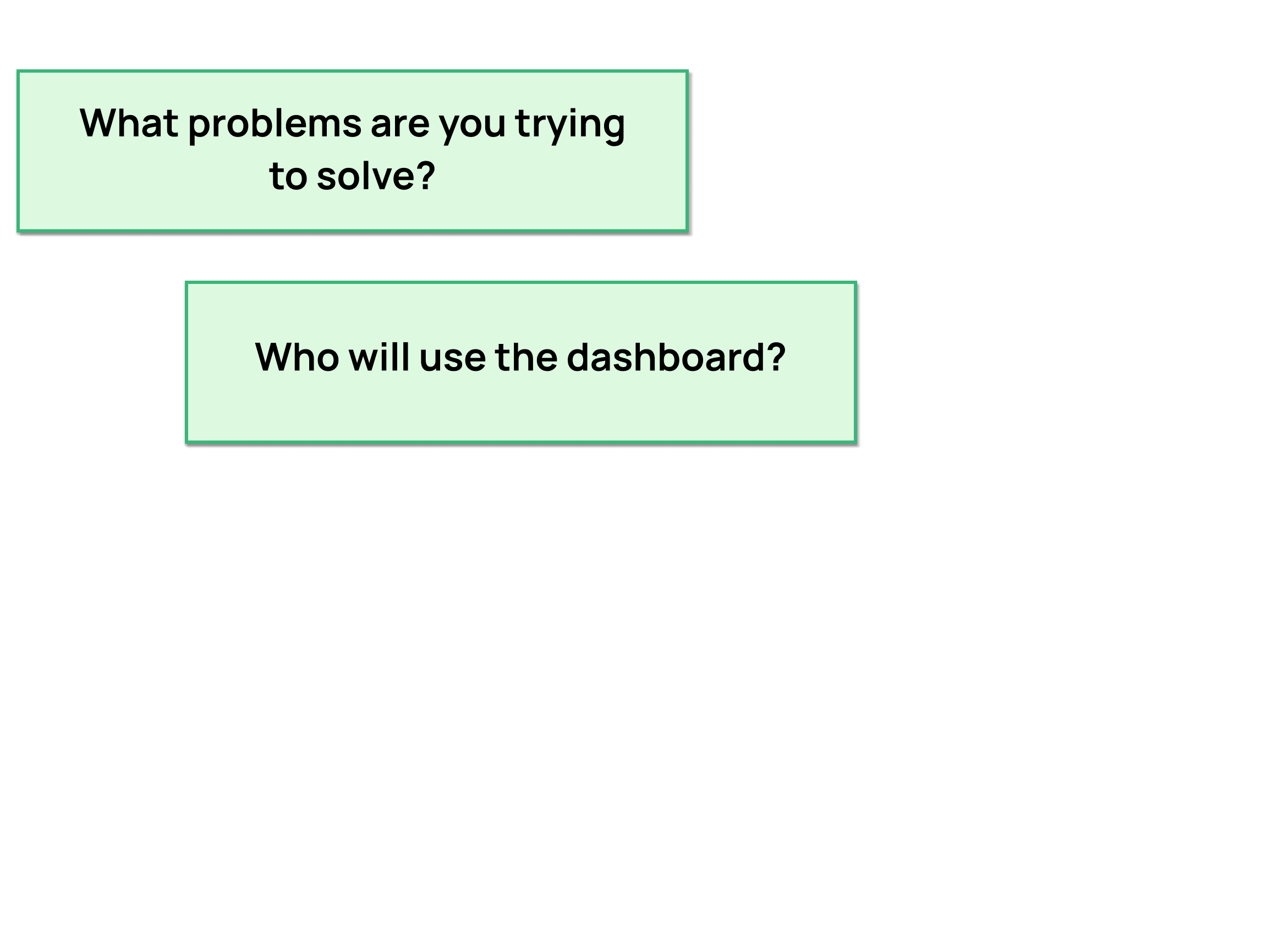
Access to time-sensitive data, essential indicators, or trends
Managers and their teams, executives, or analysts
Choosing the right dashboard
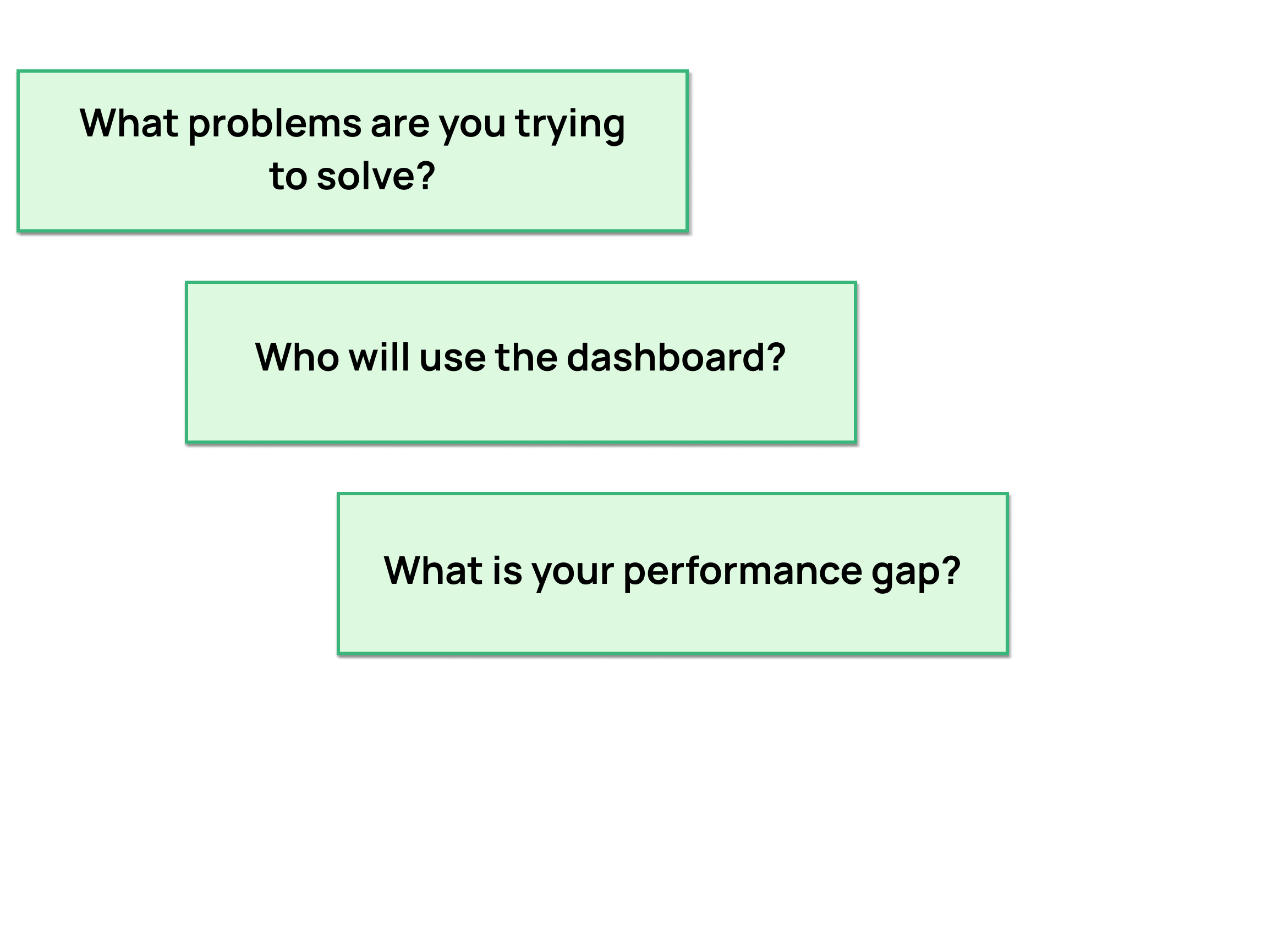
Access to time-sensitive data, essential indicators, or trends
Managers and their teams, executives, or analysts
Daily or monthly performance and performance issues
Choosing the right dashboard
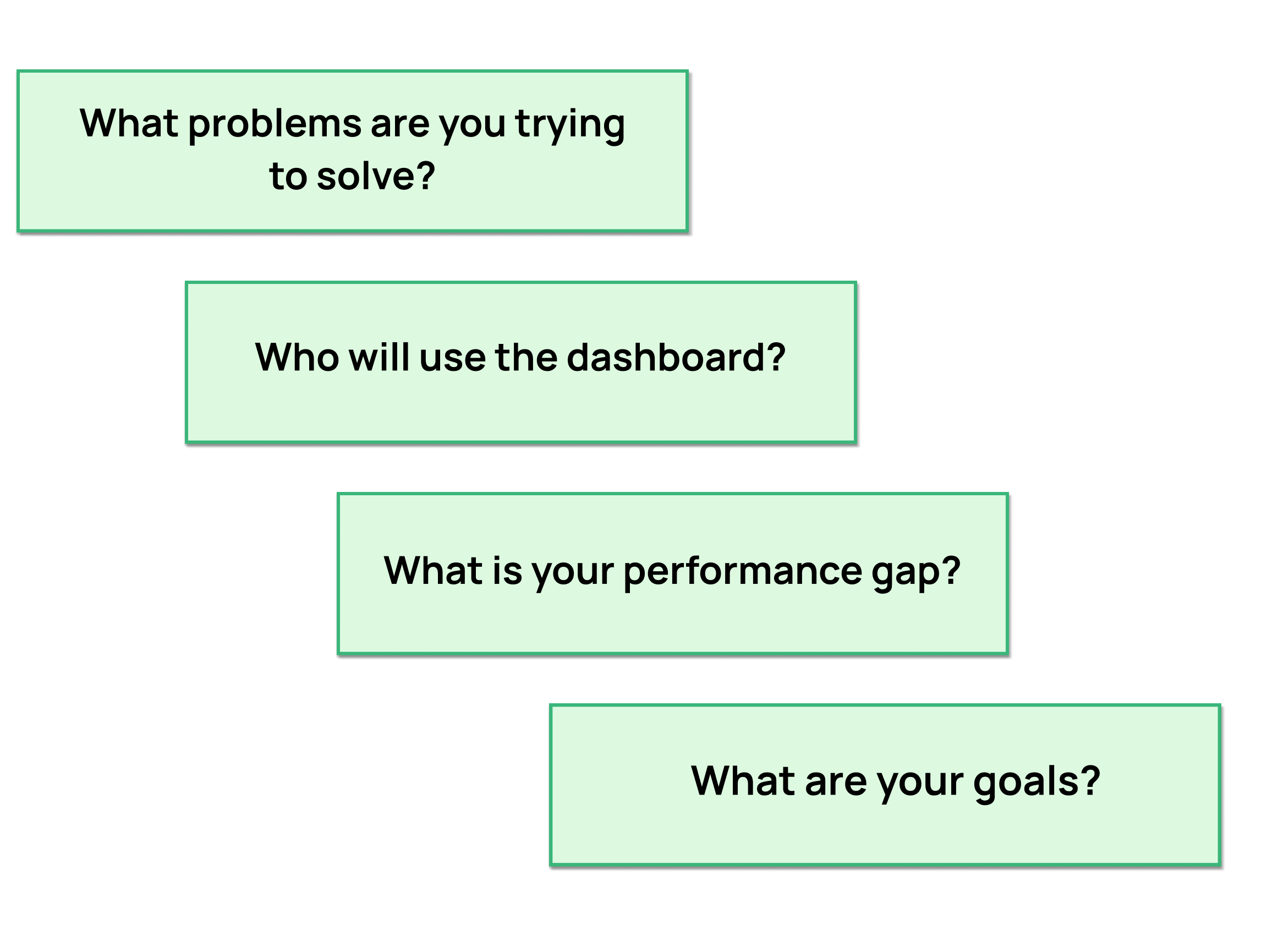
Access to time-sensitive data, essential indicators, or trends
Managers and their teams, executives, or analysts
Daily or monthly performance and performance issues
Track performance, achieve targets, set goals
The everyday dashboard
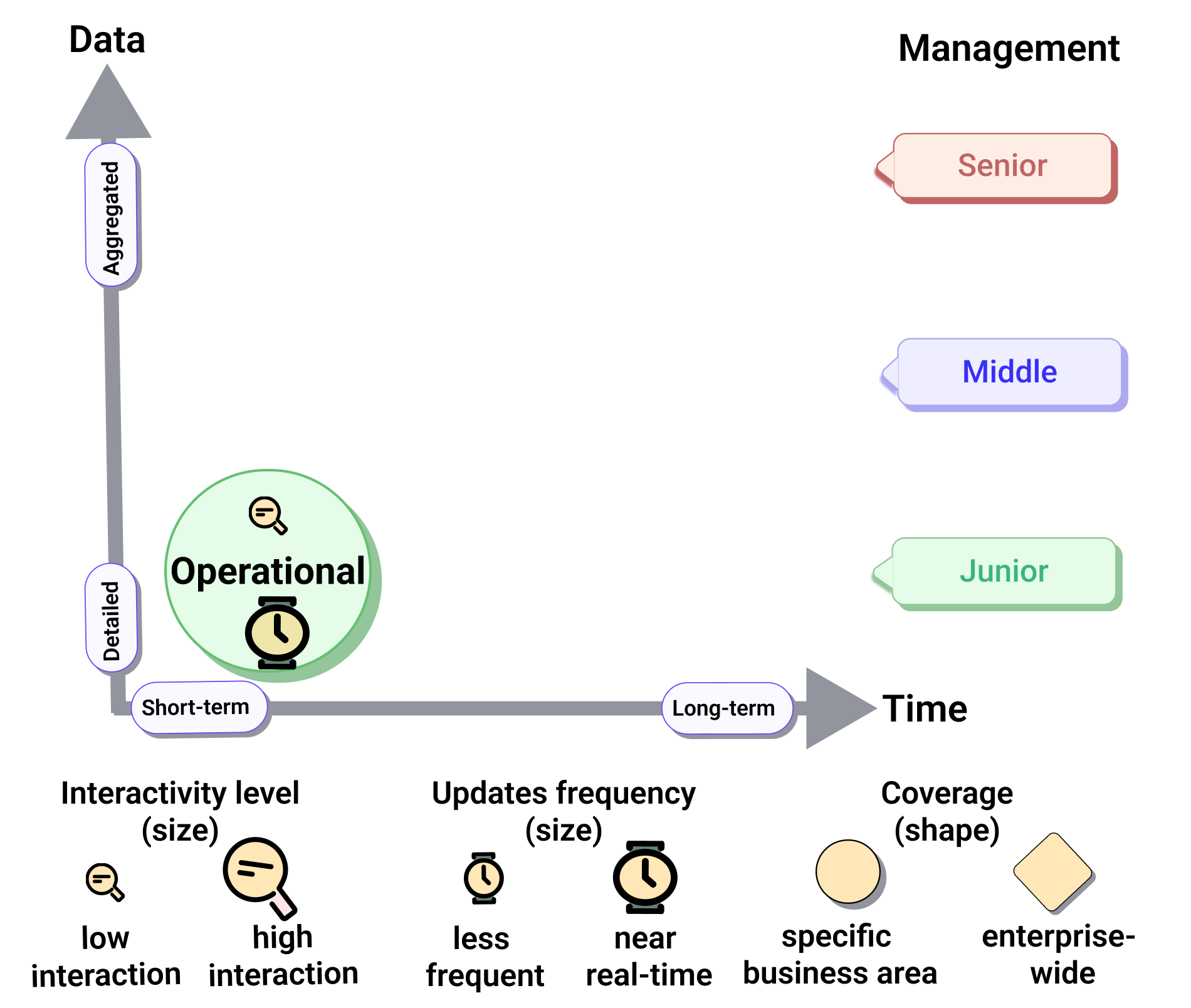
Purpose
- A snapshot of the daily performance
Data Type
- Operational KPIs, short-term data, frequent updates (real-time, daily, weekly)
Interactivity
- Low interaction required
Stakeholders
- Junior management and their teams
Operational dashboard benefits
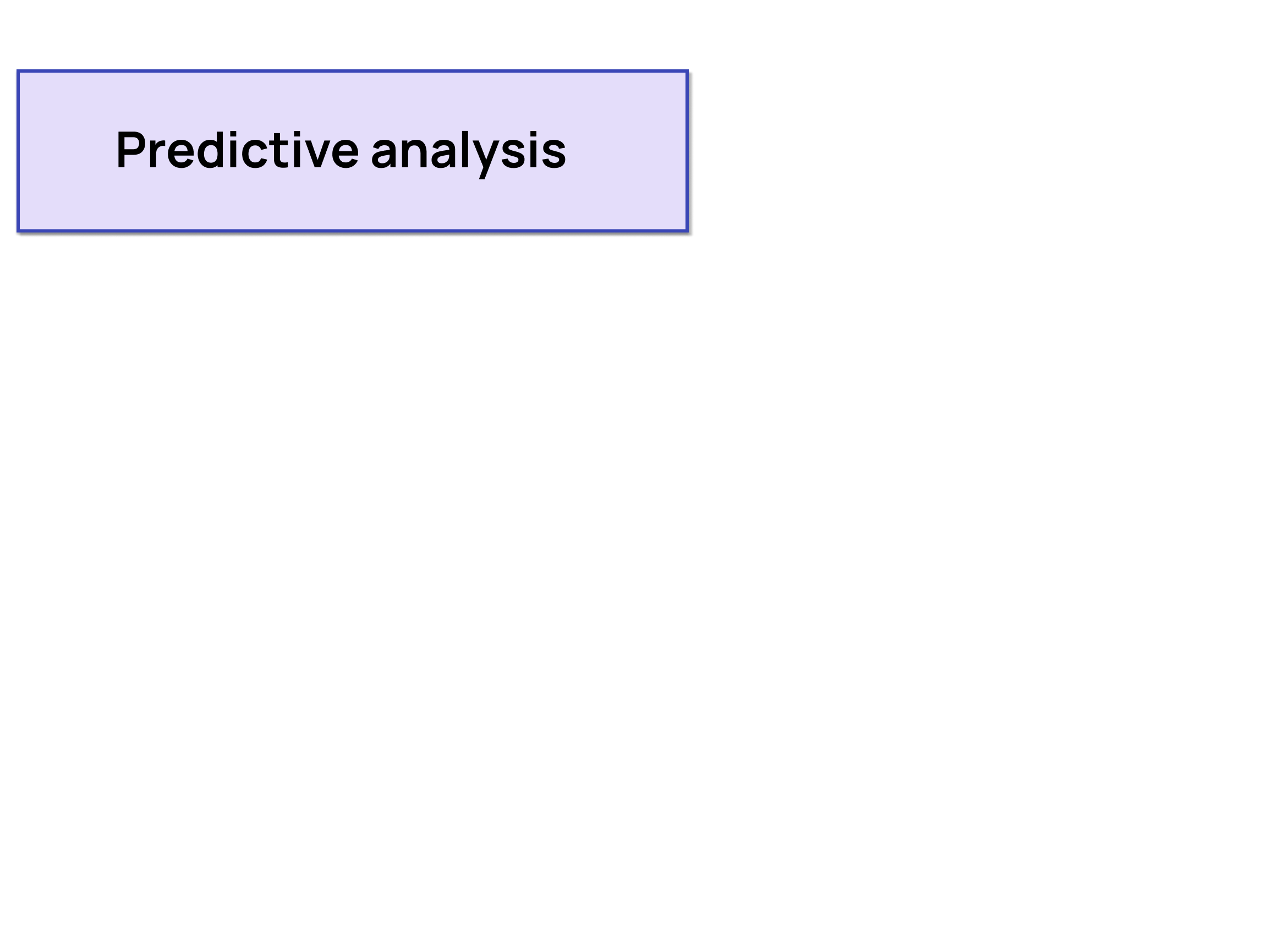
- Seeing the present and predicting the future based on data
Operational dashboard benefits
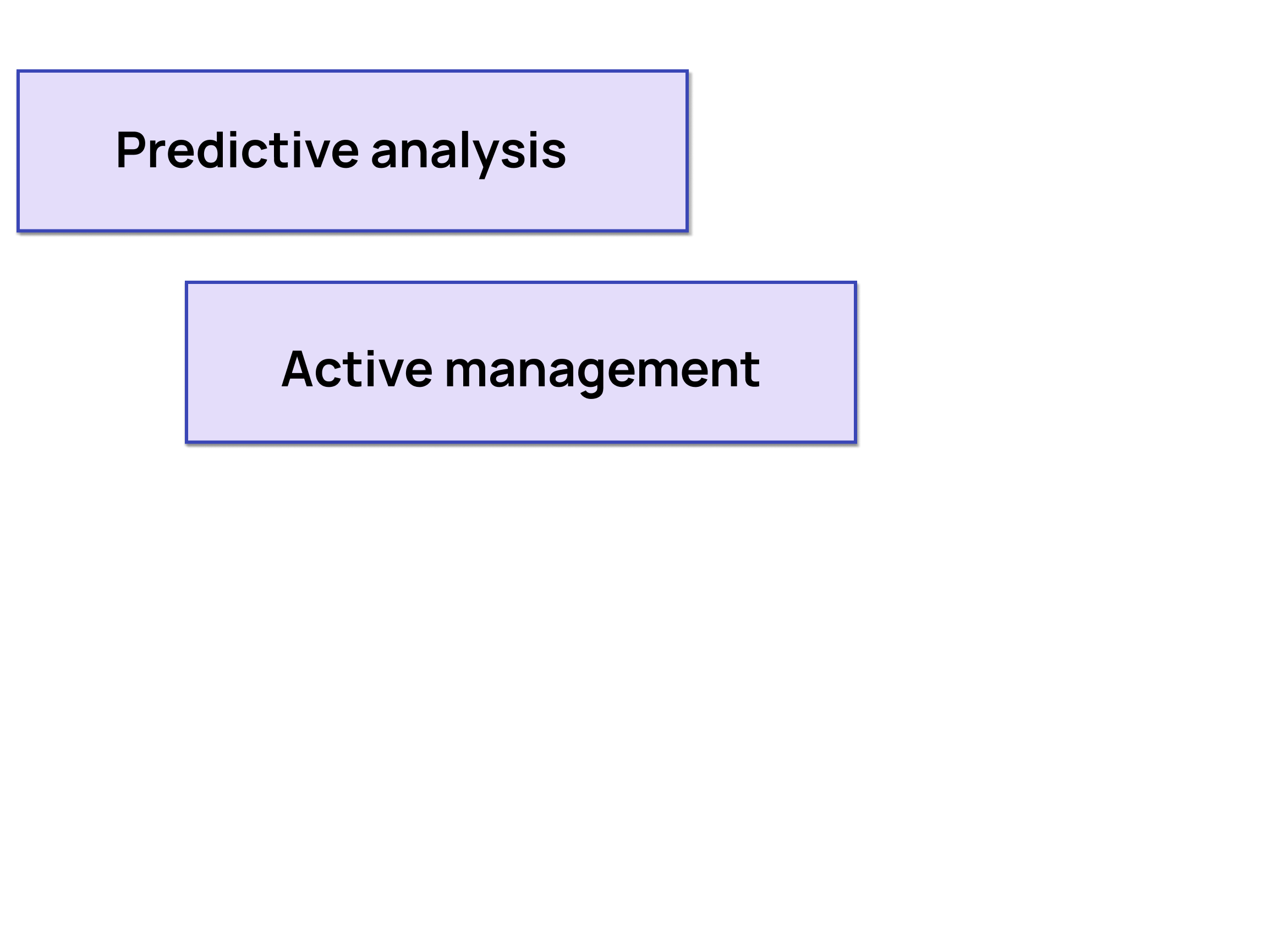
Seeing the present and predicting the future based on data
Focusing on goals and identifying patterns and trends
Operational dashboard benefits
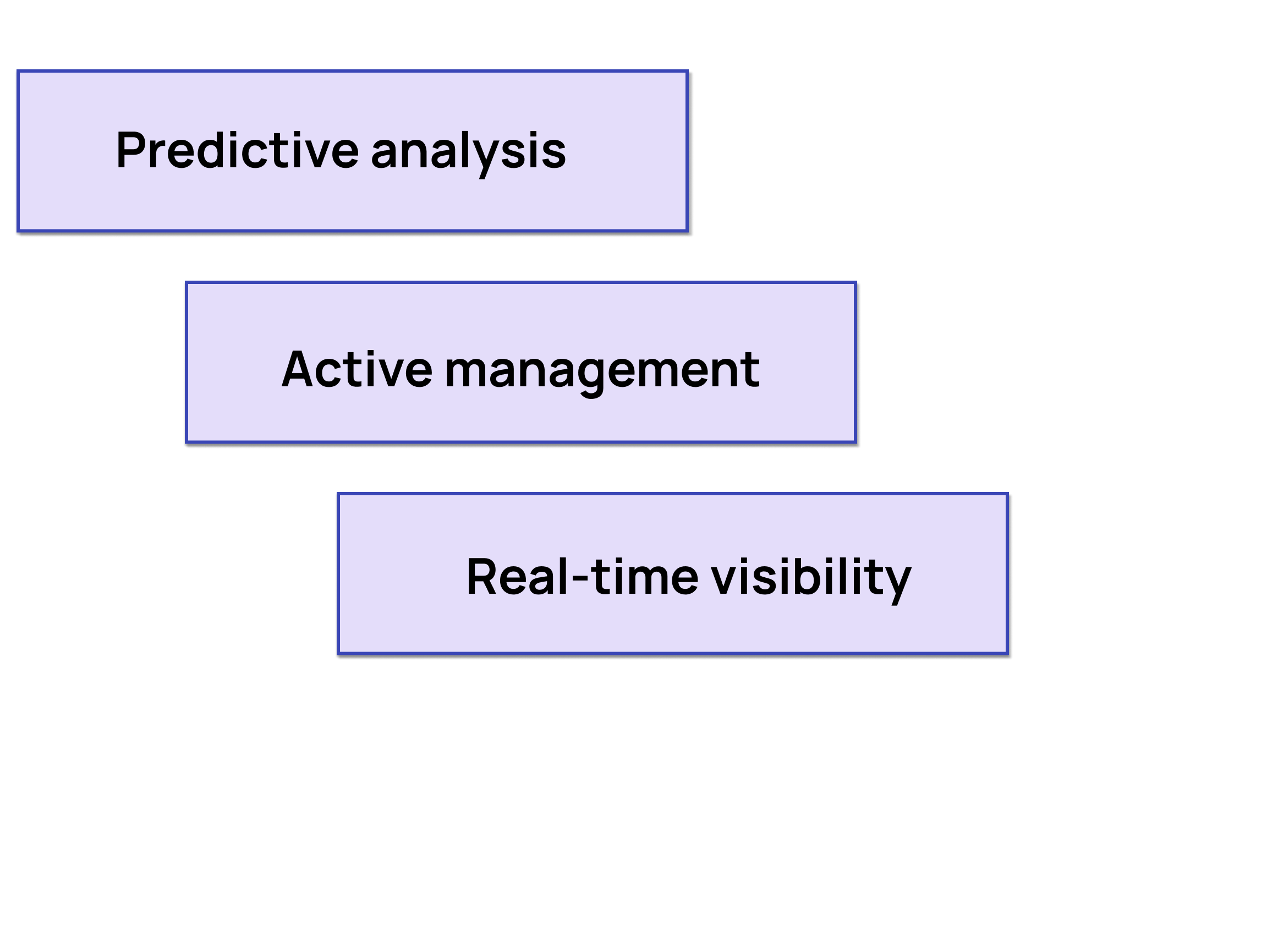
Seeing the present and predicting the future based on data
Focusing on goals and identifying patterns and trends
Monitoring organizational health through data visualization
Operational dashboard benefits
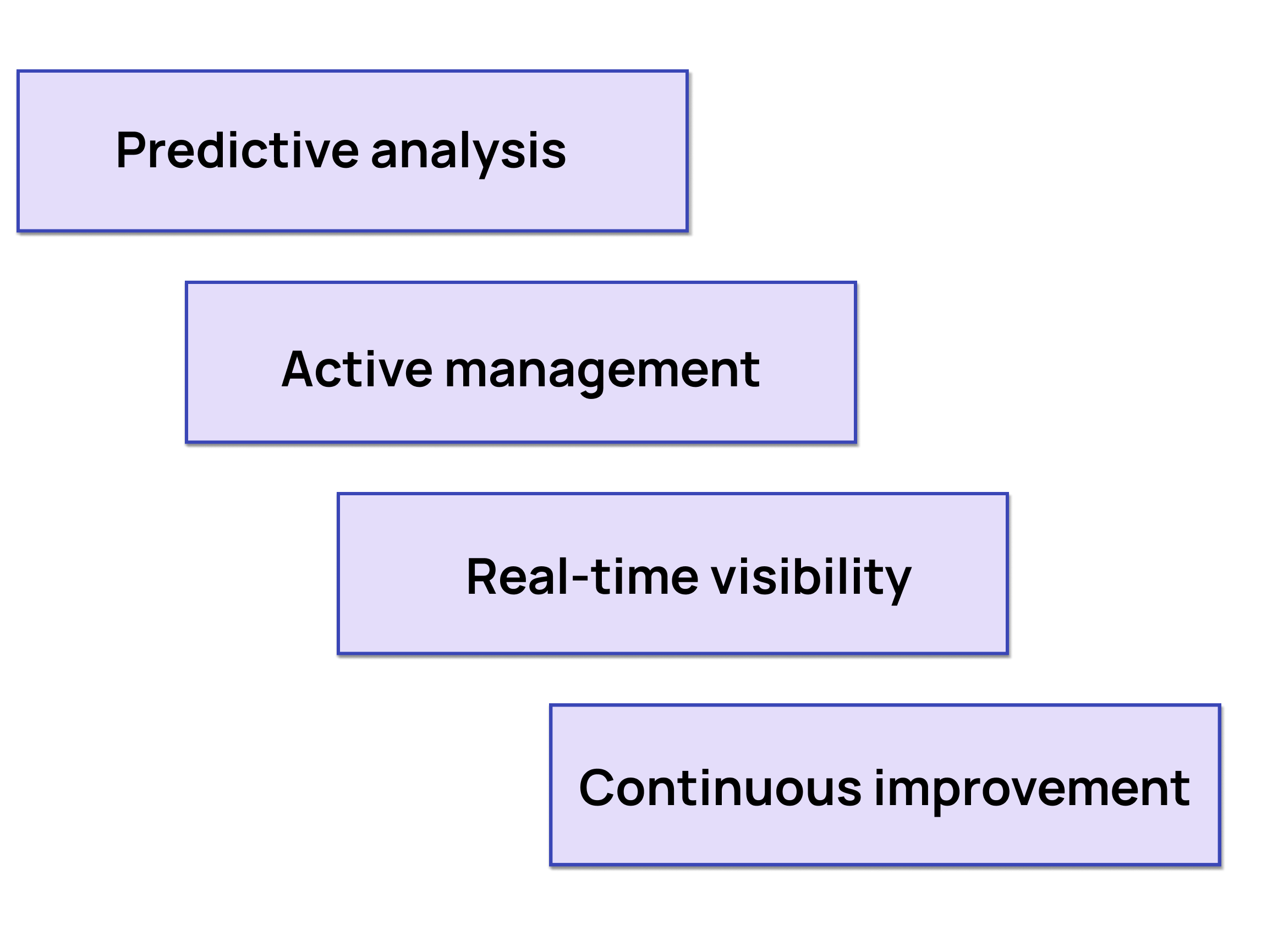
Seeing the present and predicting the future based on data
Focusing on goals and identifying patterns and trends
Monitoring organizational health through data visualization
Promoting continuous improvement by simplifying work and increasing profitability
Operational dashboard types
Every business can monitor company's operations and activities
![]()
What's currently going on?
Marketing: campaign success, acquisition costs, the number of clicks
Manufacturing: production volumes, quantity ordered, returned items
Human resources: count of open positions, employee turnover, satisfaction
IT support: resolved cases, number of calls
Operational dashboard graphical components
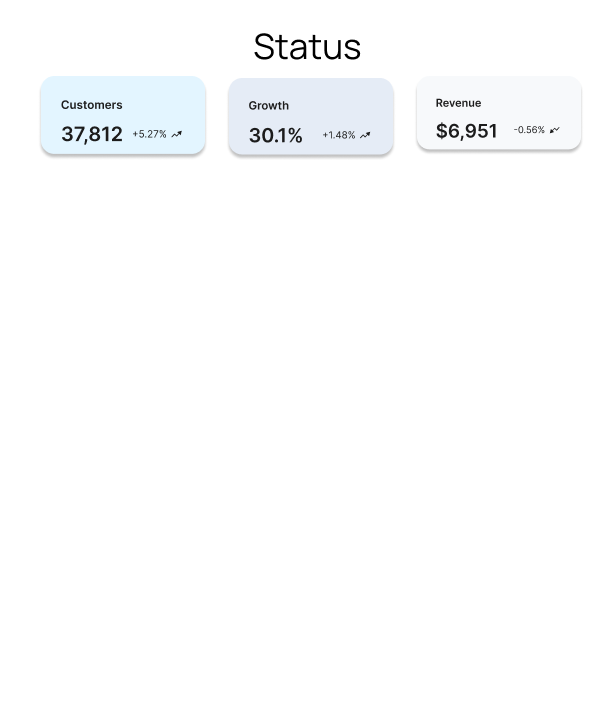
Status: Indicators (operational KPIs)
Operational dashboard graphical components
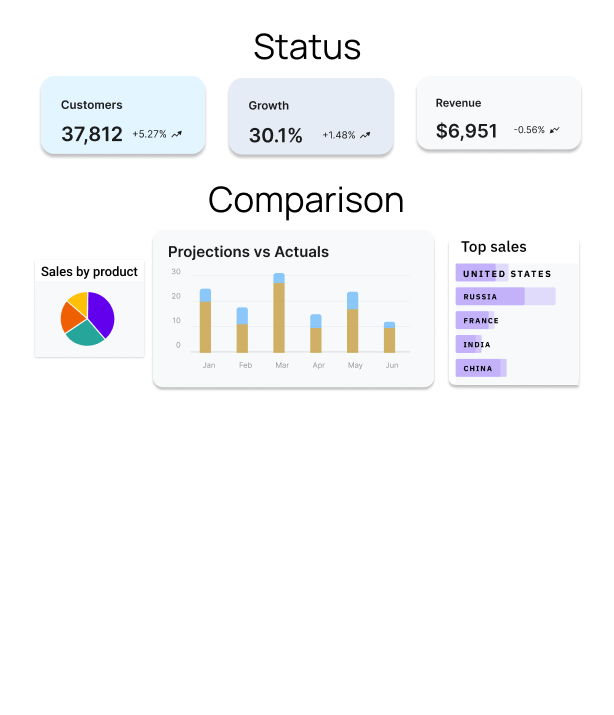
Status: Indicators (operational KPIs)
Comparison: bar graphs, bullet charts
Operational dashboard graphical components
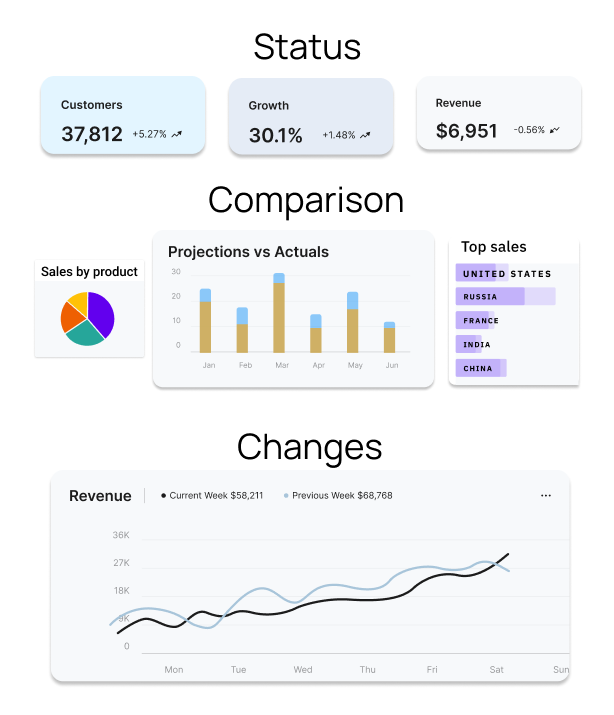
Status: Indicators (operational KPIs)
Comparison: bar graphs, bullet charts
Change: short-term trends
Let's practice!
Dashboard Design Concepts

